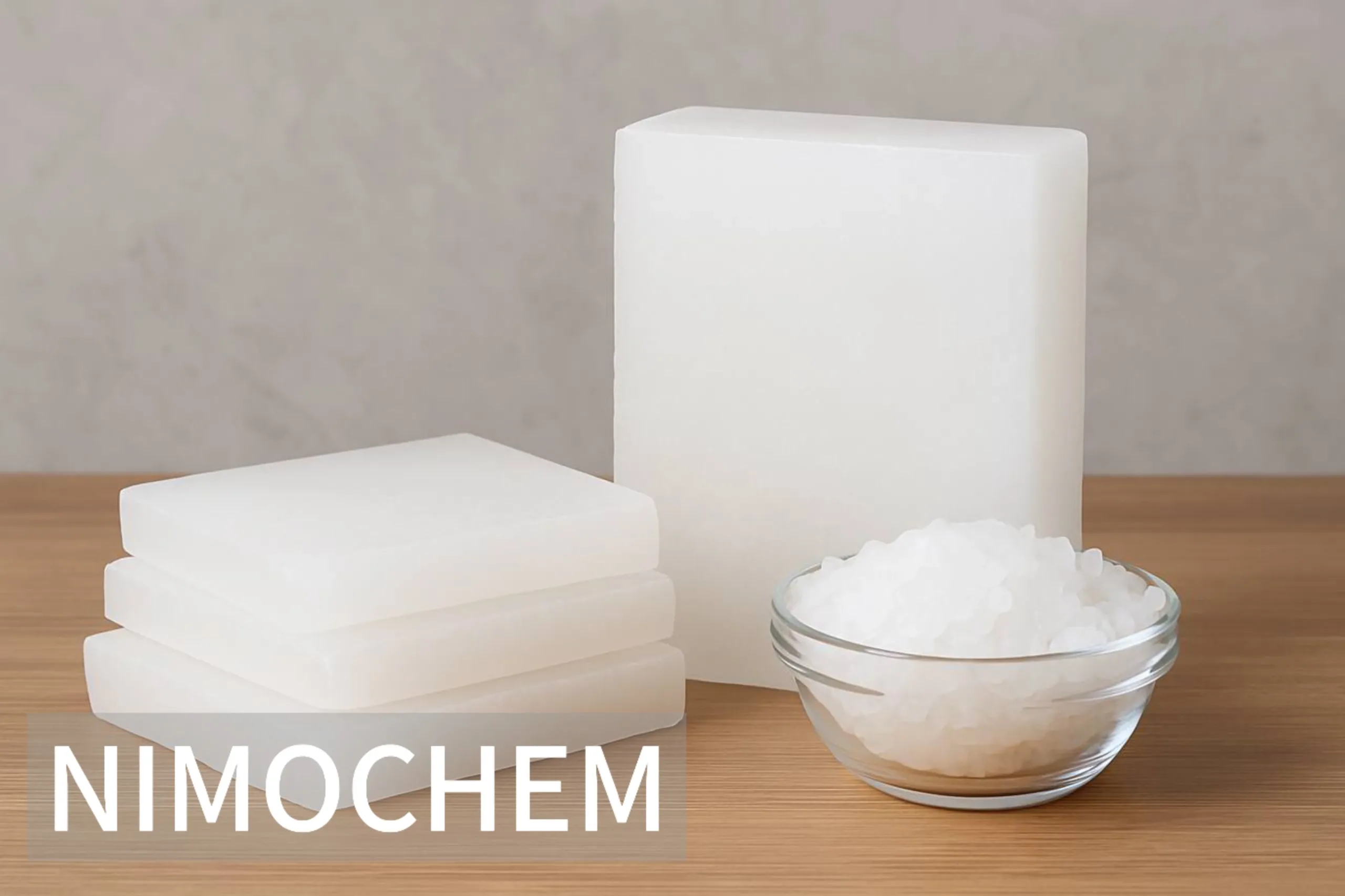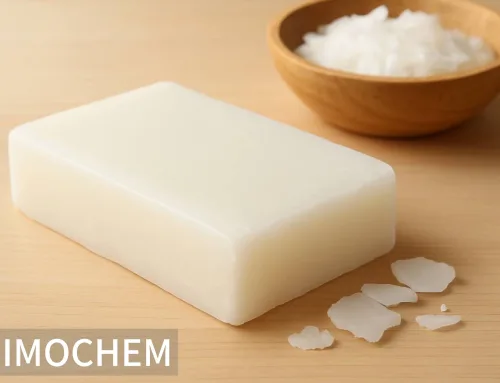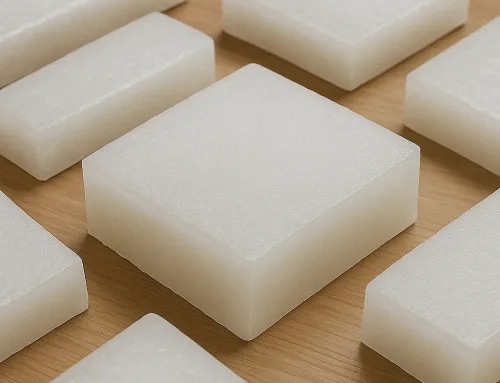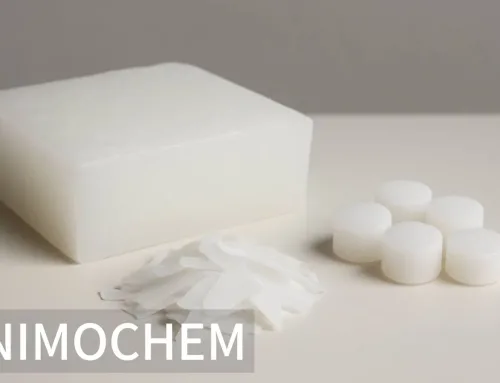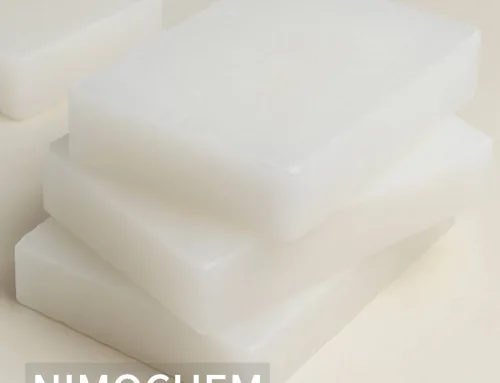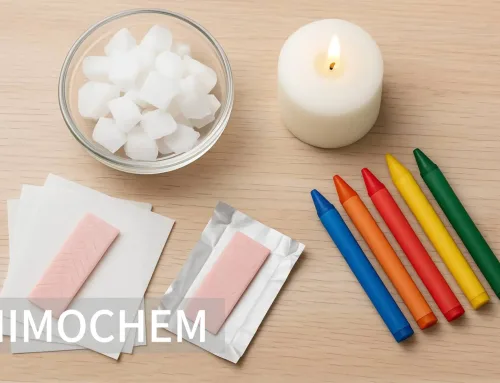What Is Petroleum Wax?
Petroleum wax is a solid or semi-solid hydrocarbon material derived from crude oil during the refining process. It is typically white, odorless, and water-insoluble, with a waxy texture and a melting point that can range between 46°C and 68°C depending on its type and level of refinement.
There are two main categories of petroleum wax: paraffin wax and microcrystalline wax. While both are derived from petroleum, they differ in structure and applications. Petroleum wax is valued for its chemical stability, smooth texture, and versatile use in industrial and consumer products.
It’s widely used in candles, cosmetics, food packaging, and as a moisture barrier or lubricant in technical fields. At Nimochem, we supply high-quality petroleum wax suitable for various applications with consistent melting point and oil content.
Common Uses of Petroleum Wax Across Industries
Thanks to its adaptability and purity, petroleum wax is used in a wide range of industries. Here are some of the most common applications:
• Candle Manufacturing
Petroleum wax—especially fully refined paraffin—is used to make clean-burning, stable candles with good scent throw and form stability.
• Packaging & Coating
It is used to coat paper, cardboard, and food packaging, creating a moisture-resistant barrier.
• Cosmetics & Skincare
In creams, balms, lipsticks, and ointments, petroleum wax acts as a binder and emollient that seals moisture and improves product texture.
• Rubber & Tire Industry
Used as a processing aid and anti-ozonant in tire production to protect rubber from cracking.
• Electrical & Insulation Products
Acts as a protective insulator or dielectric barrier in some electronic components and cable coatings.

How Petroleum Wax Is Made
Petroleum wax is extracted during the oil refining process. Here’s a simple overview:
1 Crude Oil Distillation
Heavy petroleum fractions are separated from crude oil through vacuum distillation.
2 Solvent Dewaxing
These fractions are treated with solvents like methyl ethyl ketone (MEK) to isolate wax components.
3 Purification and Refining
The wax is further refined to remove impurities, color, and odor. Fully refined petroleum wax has very low oil content (less than 0.5%) and is ideal for cosmetics, pharmaceuticals, and food-grade applications.
Petroleum Wax vs Paraffin Wax: What’s the Difference?
Although the terms are often used interchangeably, petroleum wax is the broader category, while paraffin wax is a specific type of petroleum wax.
• Paraffin Wax: More crystalline, with a clear structure. Commonly used in candles, packaging, and cosmetics.
• Microcrystalline Wax: Less crystalline, with finer crystal structures and higher flexibility. Often used in adhesives, chewing gum bases, and technical applications.
• Petroleum Wax: Encompasses both types and refers generally to all waxes obtained from petroleum.
At Nimochem, we supply both fully refined paraffin wax and semi-refined options depending on your industry requirements.
Need Petroleum Wax in Bulk? Work With Nimochem
We are an experienced petroleum wax supplier, offering reliable export and support for manufacturers worldwide. Whether you need cosmetic-grade, food-grade, or technical-grade wax, we deliver it with full documentation and quality control.
Contact us today at info@nimochem.com or visit 🌐 www.nimochem.com to get a quote or request a sample.
